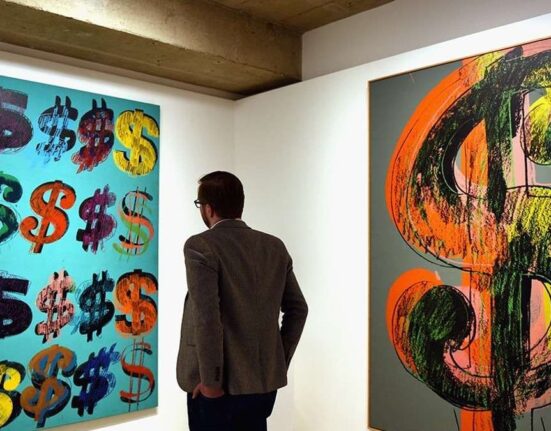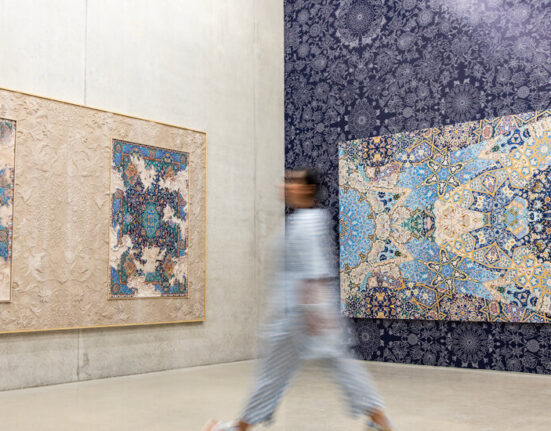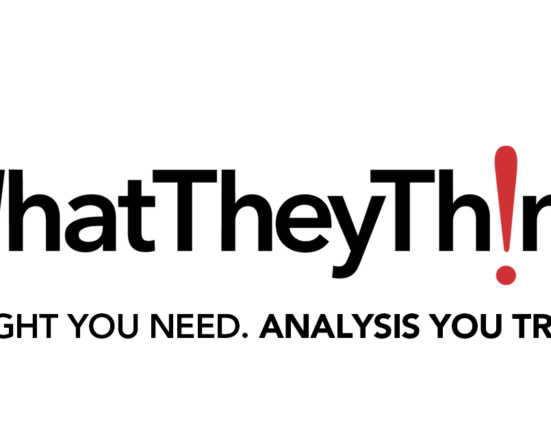What’s the first thing that comes to your mind when you think about art as an investment? If you’re like most retail investors, you think of it as an ultra-expensive asset reserved for people with piles of liquid cash.
That’s understandable, considering that the art market has traditionally been extremely hard to get into. Blue-chip art – the work of acclaimed artists like Warhol, Picasso, Kasuma, Basquiat, and Banksy – is indeed often sold for millions of dollars, which makes it out of reach for ordinary investors.
Between meeting your daily needs and saving for retirement, most people don’t have the luxury to invest in fine art. Wouldn’t it be great if there was a way to do it without exhausting your bank balance?
The Masterworks app makes it possible with their fractional investment platform. Let’s dig deeper to understand how it makes blue-chip art accessible to retail investors.
Why the Fractional Art Investment Model Matters
Today, the world is mired in healthcare crises, geopolitical conflicts, and environmental threats. These factors influence the global economy, which, in turn, affects the value of traditional investment vehicles like stocks and bonds. While the threat of a recession is no longer as prominent, it’s still a good idea to build a diversified investment portfolio.
And if you’re looking to diversify your portfolio, blue-chip art is a clever choice. For starters, contemporary art investments have consistently generated high annual returns (14%) over the last two decades. That puts it ahead of other asset classes, such as S&P 500 investments (which yielded annual returns of 9.5%) during the same period.
Moreover, data collected by Masterworks shows that contemporary and post-war art has appreciated at a CAGR of 12.6% between 1995 and 2022, with limited periods of depreciation. It has outperformed S&P 500 investments, corporate bonds, and real estate and exhibits a low correlation to these assets.
That makes art investments ideal for building a hedge against economic decline and future-proofing your portfolio. Despite being aware of these benefits, retail investors often hesitate to venture into the art market. One of the primary discouraging factors is the steep price point, which makes museum-worthy artwork inaccessible.
The Masterworks fractional investment platform helps everyday investors overcome this challenge and add fine art to their portfolios.
Masterworks’s Fractional Investing Model: A Closer Look
The concept of fractional investing isn’t new in the US. Mutual funds have supported the model for years. Additionally, online brokerage platforms, such as Fidelity and Robinhood, and investing apps like Stash and SoFi Invest now sell fractional shares. In other words, these platforms let you buy a portion of a stock or ETF instead of purchasing the whole stock.
Fractional investing offers several benefits, the most crucial of which is affordability. You can purchase fractional shares of tech giants, such as Alphabet or Meta, without spending a ton of cash.
Additionally, it gives you the freedom to invest in a wide array of assets, which helps diversify your portfolio. The model is also used often for blockchain-based assets, such as cryptocurrency and NFTs. That, in turn, makes fractional investments particularly popular among younger generations. Some 20% of Gen Z and millennial investors held fractional shares in 2022.
With Masterworks, the benefits of fractional ownership are now available to anyone who wants to try their hands at fine art investments.
The company’s acquisition team screens thousands of available pieces of blue-chip art to select the ones worth investing in. They use proprietary data and predictive analytics tools to identify artist markets with the potential for high returns.
After purchasing a painting, the company securitizes it by filing an offering circular with the SEC. It allows the public to purchase fractional shares of high-end artworks for as low as $20. In other words, it eliminates the inherent exclusivity of the blue-chip art market.
The affordable price point also minimizes the risk of huge losses. If a painting depreciates in value, you don’t have to worry about losing thousands (or millions) of dollars. While losses are possible, as they are with any investment, Masterworks has only resold its paintings with handsome profit margins to date, thanks to its data-driven approach.
Additionally, the platform sells a painting after a typical holding period of three to ten years and distributes the returns to shareholders. Should you need to, however, you do have the option to sell your shares of a painting in the platform’s secondary market before its exit. This helps turn art into a somewhat liquid asset.
As of this writing, Masterworks has purchased 344 artworks worth more than $882 million and built a community of 800,000+ investors. In 2022, the platform distributed $25 million in payouts to its user base.
The numbers spell a clear message – fractional art investments can yield high returns, and Masterworks is popularizing the concept.
Making Art Investments Mainstream
The fractional ownership model developed by Masterworks provides retail investors with a gateway to the world of high-yield art investments. With fractional shares available for as low as $20, you can invest in the work of world-renowned artists with confidence.
Keep in mind that you can’t rely on fine art alone to build a robust portfolio. Use a combination of traditional and alternative assets to diversify your investments and turn your financial goals into reality.







